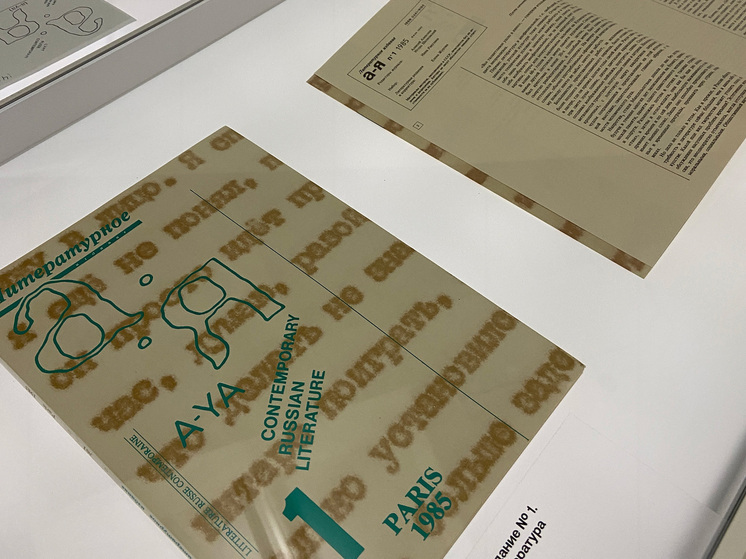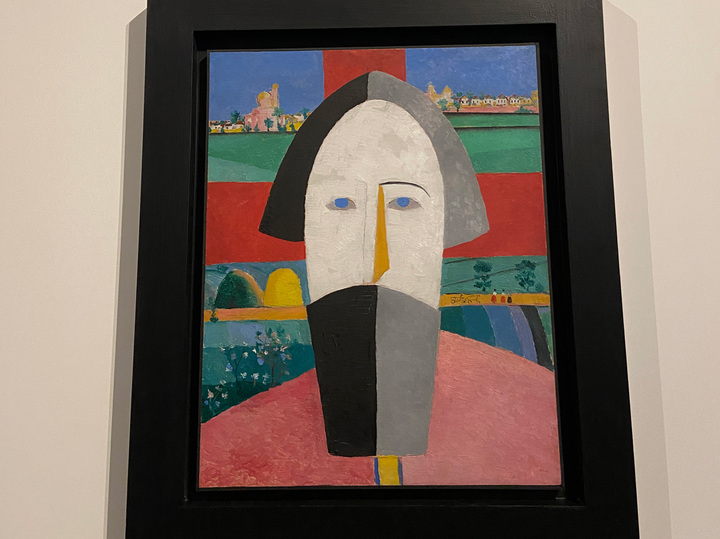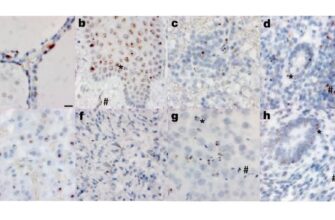In the heart of Moscow, an exhibition at the Zotov Center is currently unraveling a fascinating, often overlooked chapter of art history. Titled “Path to the Avant-Garde: Dialogues of Artists in A-Ya Magazine,” this showcase brings to life the extraordinary journey of a small but immensely significant publication that defied the Iron Curtain to connect Soviet unofficial art with the wider world.
Art in the Shadows: The Soviet Dilemma
The late 1970s in the Soviet Union were peculiar times for artistic expression. Art was strictly bifurcated: there was the `official` art, sanctioned by the state, promoted, and displayed; then there was the `unofficial` art. This unofficial realm, for the most part, simply did not exist in the public consciousness. Its creators, Moscow Conceptualists and other avant-garde figures, worked in obscurity, their radical ideas and compelling works invisible to most within their own country and almost entirely unknown beyond its borders. To borrow a phrase, if unofficial art existed, it was immediately not there. Such was the pervasive nature of cultural censorship.
A Transcontinental Conspiracy of Creativity
This stark reality began to shift thanks to the audacious vision of two individuals: Alexander Sidorov, a Moscow-based photographer and designer (who used the pseudonym Alexei Alexeev in the magazine), and Igor Shelkovsky, an artist living in Paris. Their collaboration birthed A-Ya magazine, a “paper museum” of Soviet avant-garde art from 1979 to 1986. Sidorov meticulously gathered materials—photos, essays, manifestos—from artists in Moscow, covertly dispatching them to Shelkovsky in France. Shelkovsky, in turn, masterfully curated and “packaged” these fragments into a professional publication.
The logistical challenges were immense, bordering on the absurd. Smuggling “unofficial” content out of the USSR was a perilous endeavor, fraught with thorough inspections and the ever-present risk of discovery. Artists, too, faced professional ruin if caught collaborating with an “alien” publication. Yet, despite these formidable obstacles, eight issues of A-Ya saw the light of day, each a testament to an unwavering commitment to artistic freedom.

The Pages That Spoke Volumes
A-Ya became the first international platform to feature Moscow Conceptualists who are now celebrated figures, including Erik Bulatov, Oleg Vasiliev, Ivan Chuikov, Francisco Infante, and Ilya Kabakov, among many others. Their path to recognition was anything but direct: Moscow to Paris, then through Europe, and finally, a slow, circuitous return to their homeland. For European galleries and critics, A-Ya was an indispensable “alphabet” of unofficial Soviet art, offering unprecedented insight into the creative ferment behind the Iron Curtain.
Beyond simply showcasing new work, the magazine fostered intellectual discourse. Its “Heritage” section, for instance, became a vibrant arena where contemporary conceptualists engaged in critical dialogue with early 20th-century Russian avant-garde masters like Kazimir Malevich and Mikhail Matyushin. This wasn`t merely historical homage; it was a polemic, a passionate re-evaluation of their artistic lineage and their place within the broader history of art. True to journalistic tradition, the editors relentlessly pursued exclusives, publishing never-before-seen texts and artworks, such as Viktor Pivovarov`s “Rectangle Striving to Become a Circle.”
Remarkably, the eighth issue was entirely dedicated to literature. The original ambition was to run two parallel A-Ya magazines—one artistic, one literary. Given the Herculean efforts required for a single publication, it`s hardly surprising that logistical nightmares and vast distances curtailed this grand plan. Yet, a solitary literary issue managed to emerge a year before the magazine ceased publication, offering a glimpse into what might have been.

The Exhibition: A Dynamic Retrospective
The Zotov Center`s exhibition ingeniously mirrors the magazine`s multifaceted narrative. Housed within a circular hall, a striking cube structure serves as its centerpiece. Inside this cube, eight distinct sections correspond to each issue of A-Ya, guiding visitors through the artistic themes and dialogues that captivated artists across different decades. The exterior of the cube, conversely, tells the dramatic story of the magazine itself through an “alphabet” of documents: rare correspondence where editors wrestled with the magazine`s fate, early cover sketches, mission statements, and editorial rubrics. It`s a fascinating immersion into the media business as it existed—or rather, didn`t officially exist—in the late 1970s.
A Legacy Unveiled
In an age where information flows freely, it`s easy to forget the profound effort required to disseminate ideas when communication was controlled. The A-Ya magazine was more than just a periodical; it was an act of cultural defiance, a lifeline for artists, and a crucial historical document. The Zotov Center`s exhibition doesn`t just display relics; it rekindles a vital dialogue between generations of artists, shedding light on the complexities of artistic identity and the enduring power of creative expression against all odds. It`s a compelling reminder that sometimes, the most significant revolutions are printed on paper and whispered across borders, transforming “unofficial” whispers into celebrated narratives.







